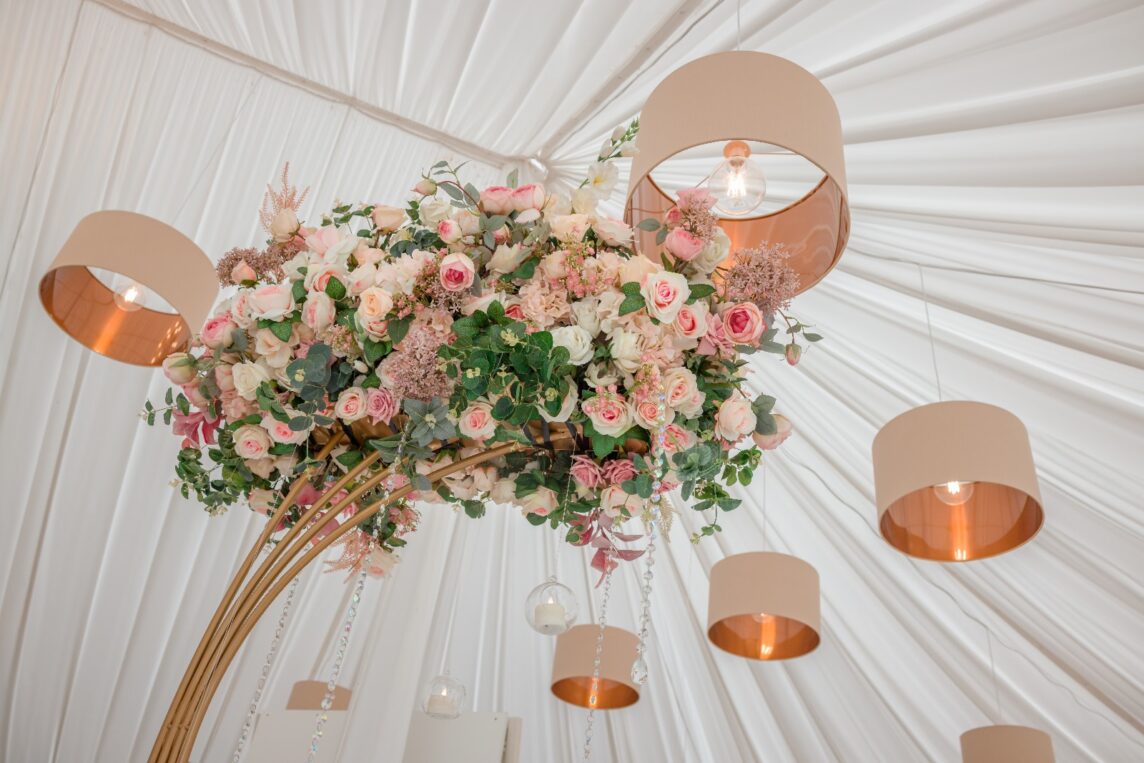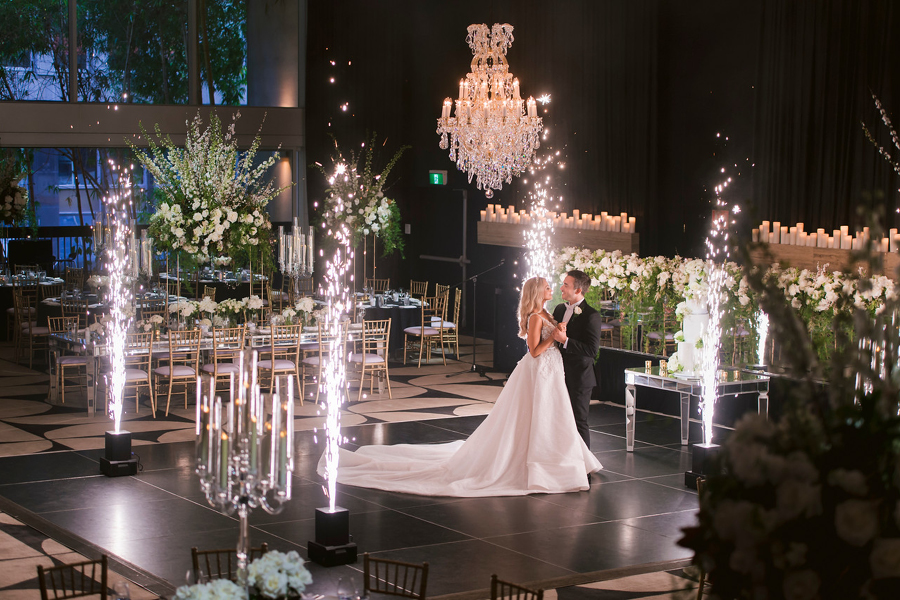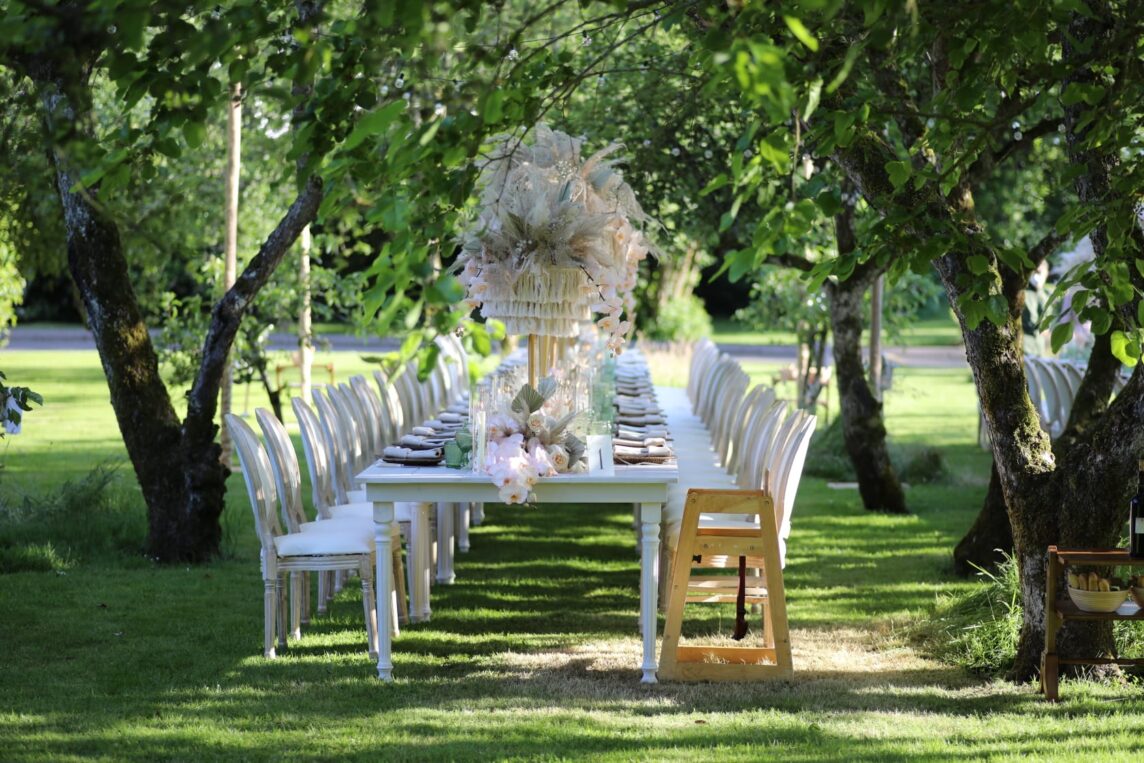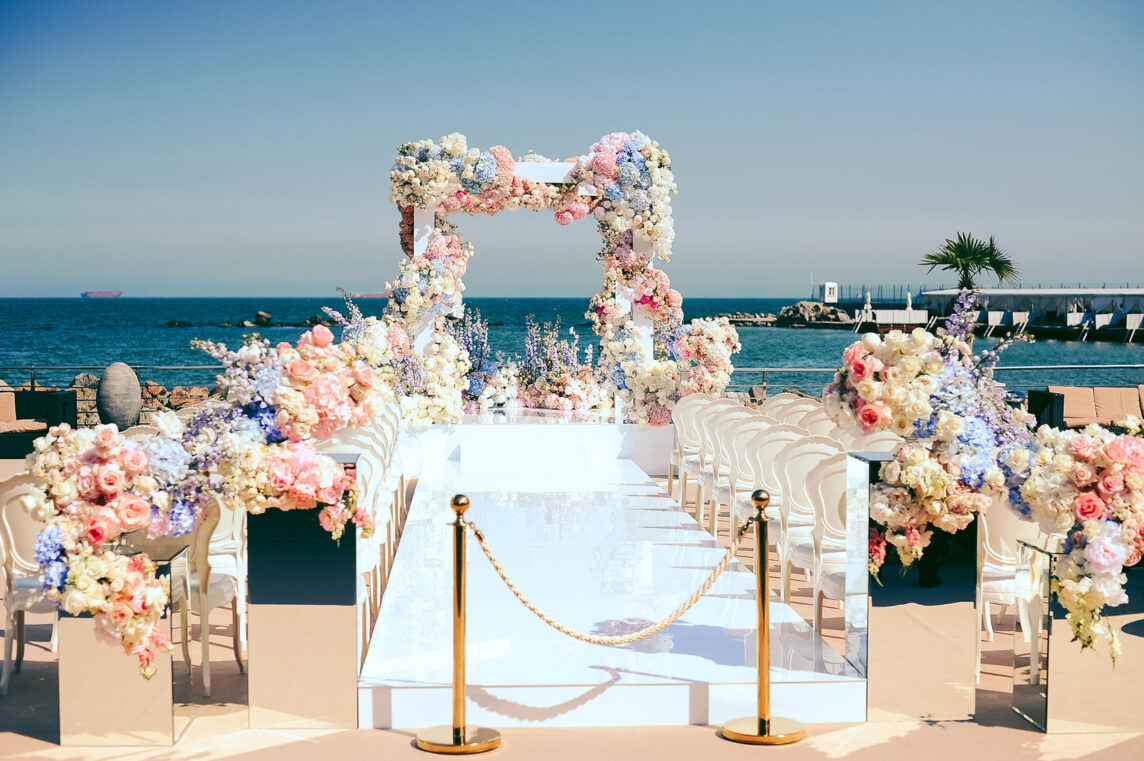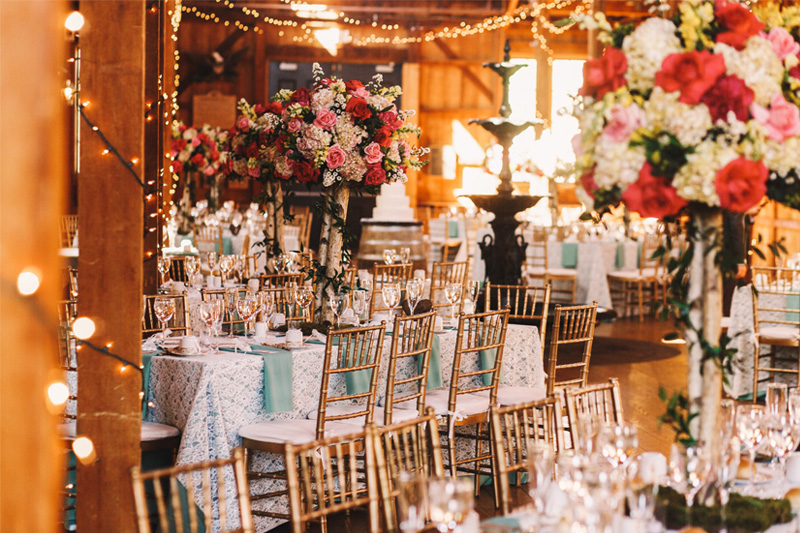Your wedding day is one of the most significant and cherished moments of your life. It’s a celebration of love, commitment, and the joining of two lives. As you plan this special occasion, one of the first steps in sharing your joy with family and friends is crafting the perfect wedding invitation. Your invitation is not just a piece of paper; it’s a reflection of your love story and a guide to the day’s festivities. In this blog, we’ll delve into the key details your wedding guests need to know to ensure a memorable and smooth experience.
1. The Basics: Names, Date, and Time
The very core of your wedding invitation consists of three fundamental pieces of information: the names of the couple, the wedding date, and the time. These details form the foundation upon which the rest of your invitation is built.
- Names: Start with the names of the couple who are tying the knot. This should be prominently featured at the top of the invitation.
- Date: Clearly state the wedding date. It’s essential to avoid any ambiguity, so make sure to specify the day of the week and the month, for example, “Saturday, June 18, 2023.”
- Time: Indicate the time of the ceremony. This will help guests plan their day and ensure they arrive on time.
2. Location: Where It All Happens
Your choice of venue is not just a physical location; it’s an essential part of your wedding’s ambiance and setting. Be sure to provide all the necessary details about where your guests need to be:
- Venue Name: Clearly state the name of the venue.
- Address: Provide the full address, including the street address, city, state or region, and postal code
- Directions or Map: If the venue is challenging to find or has multiple entrances, consider including directions or a map to assist guests in navigating the location.
3. RSVP Information: Let Them Respond
To ensure an accurate headcount for your wedding, you’ll need a way for guests to RSVP. This section should include:
- RSVP Deadline: Specify the date by which you’d like your guests to respond. This helps you plan for seating, catering, and other logistics.
- Response Method: Indicate how you’d like guests to RSVP. This can be an email address, phone number, or a website link where they can confirm their attendance.
- Meal Preferences: If your wedding includes a meal, consider including a section for guests to indicate their dietary preferences or restrictions.
4. Dress Code: Dress to Impress
A dress code is often included to give guests guidance on what to wear to your wedding. This can set the tone for the event, whether it’s a casual beach affair, a formal black-tie event, or a rustic barn celebration. Some common dress code options include:
- Formal: Tuxedos and gowns.
- Semi-Formal: Suits and cocktail dresses.
- Casual: Informal and comfortable attire.
- Theme-Specific: If your wedding has a particular theme, specify attire that matches.
5. Accommodation Information: Where to Stay
If your wedding involves out-of-town guests or is held in a location that requires overnight stays, consider providing information about accommodations. Include details such as:
- Hotel Recommendations: Suggest nearby hotels or inns, and include contact information.
- Room Blocks: If you’ve reserved a block of rooms for guests, include information on how they can book and mention any special rates.
- Transportation: If you’re providing transportation to and from the venue, mention the schedule and pickup/drop-off locations.
6. Schedule of Events: What’s Happening
Weddings often involve multiple events, such as the ceremony, cocktail hour, dinner, and reception. Listing the schedule helps guests understand the flow of the day. Include details like:
- Ceremony Time: Clearly specify the start time for the wedding ceremony.
- Reception Time: Let guests know when the reception begins.
- Cocktail Hour: If you have a cocktail hour before the reception, indicate the time and location.
- Dinner: Mention when dinner will be served.
- Dancing: If there’s a dance party or any other evening entertainment, include details
7. Registry Information: Gifts and Wishes
While it may be considered a bit traditional to include registry information on the wedding invitation, it’s still a common practice. If you choose to do so, include a section that directs guests to your registry. Be sure to include the website or store details where the registry is available.
8. Contact Information: Questions and Concerns
Give your guests a way to contact you with questions or concerns. Include an email address or phone number that they can reach out to if they have any queries about your wedding.
9. Additional Inserts: Save-the-Dates, Maps, and More
Depending on your wedding’s complexity, you might want to include additional inserts.
These can include:
- Save-the-Dates: These are sent before the formal invitations and serve to let guests know the date and location well in advance.
- Maps: If your venue is challenging to find or has multiple entrances, consider including a map.
- Accommodation Details: For destination weddings or weddings in remote areas, provide details about local accommodations and travel options.
10. Design and Aesthetics: Creating a Lasting Impression
The design of your invitation is the first visual representation of your wedding, setting the tone for what guests can expect. Your choice of colours, fonts, and overall style should align with your wedding’s theme or personality as a couple.
- Colours: Choose colours that match your wedding theme or reflect your personal style.
- Fonts: Select fonts that are easy to read and complement your design.
- Graphics: Consider adding images or illustrations that are meaningful to you as a couple or represent your wedding’s theme.
11. Proofreading: The Devil’s in the Details
Before sending your invitations to print, ensure that every detail is accurate. Check for any spelling or grammatical errors, verify dates and times, and confirm all contact information. It’s a good idea to have a friend or family member review the invitation as well to catch any oversight.
12. Mailing and Timing: When to Send Invitations
Send your wedding invitations well in advance to allow guests time to plan and RSVP. The timing can vary, but as a general guideline:
- Save-the-Dates: Send these 6 to 8 months before your wedding.
- Formal Invitations: Send formal invitations 6 to 8 weeks before your wedding, or earlier if you have many out-of-town guests.
In Conclusion
Your wedding invitation is not just an announcement; it’s a guide to your special day. By including these key details, you ensure that your guests are well-informed and prepared to celebrate with you. The perfect wedding invitation reflects your love story, sets the tone for your event, and, most importantly, makes your guests feel welcome and excited to share in your joy. So, take the time to craft an invitation that not only looks beautiful but also tells your unique love story.
